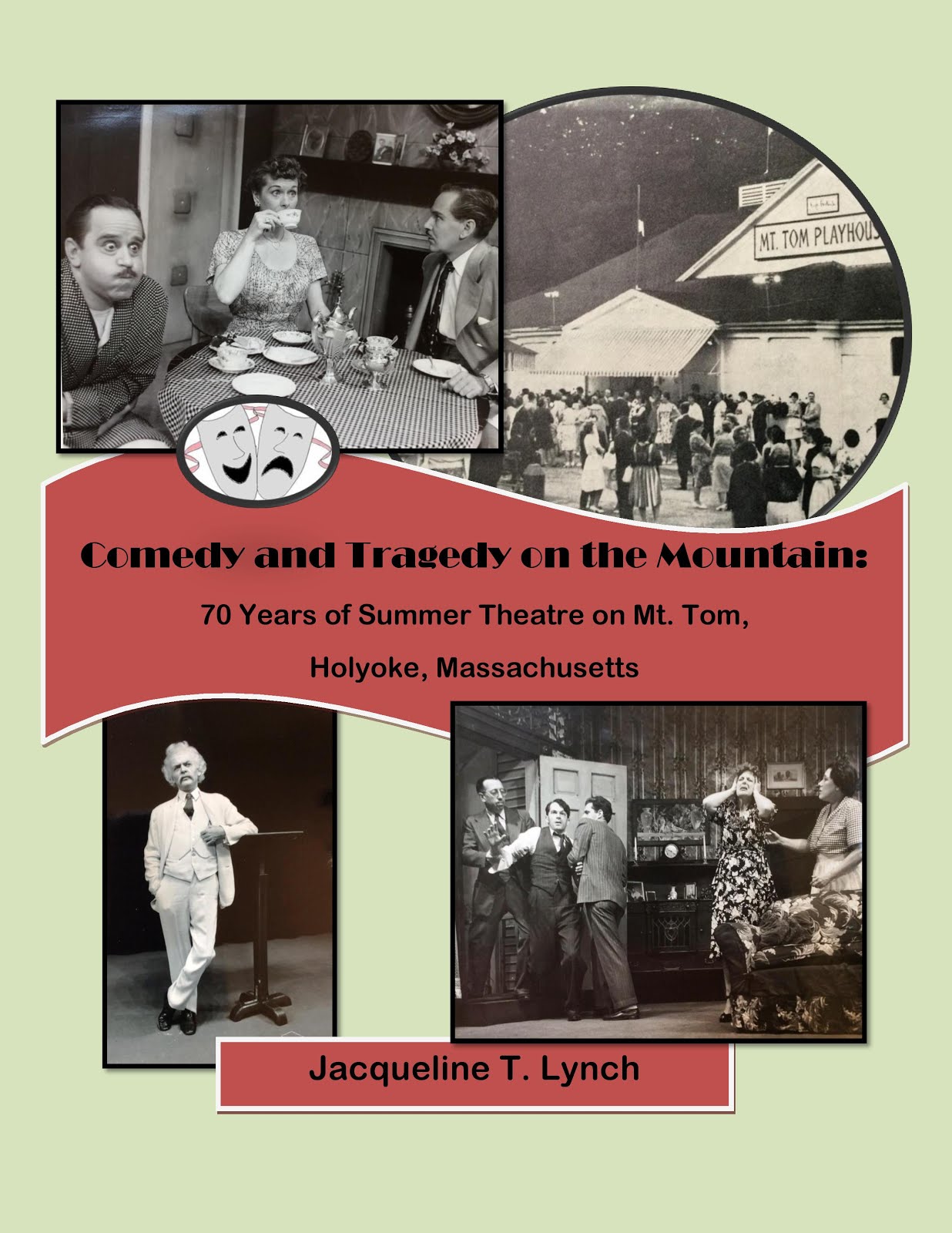This is the Pilgrim Monument in Provincetown, at the very tip of Cape Cod. The tower, perched on High Pole Hill, rises 350 feet above sea level. The tallest all-granite tower in the U.S., it was constructed from 1907 to 1910, when President William Howard Taft came to dedicate the tower, a campanile in the design of Torre Del Mangia in Sienna, Italy. Next year in 2010, the monument celebrates its centennial.
The view from the top is spectacular, for there is nothing as tall as this for miles. The curve of the Cape can be seen (more clearly on some days than others when the fog and mist set in), and the cozy town of below, the wharves stretching outward, are all indications that Provincetown would not continue to be so bleak of prospects as the Pilgrims had imagined.
When they arrived on the Mayflower, sailing from Plymouth, England some 67 days before, the 102 passengers moored here for some five weeks while small parties explored the windswept, barren land. They composed and signed the Mayflower Compact, which they acknowledged and vowed that they were “straightly tied to all care of each other’s good and of the whole by everyone.”
You'll note that though the Pilgrims found on the tip of the Cape what they considered to be barren land, there was at least ample free parking.
Then it was a brief sail across Cape Cod Bay to a new “Plimoth”, and a new adventure.
For more on the Pilgrim Monument of Provincetown, Mass., have a look at this website.




















